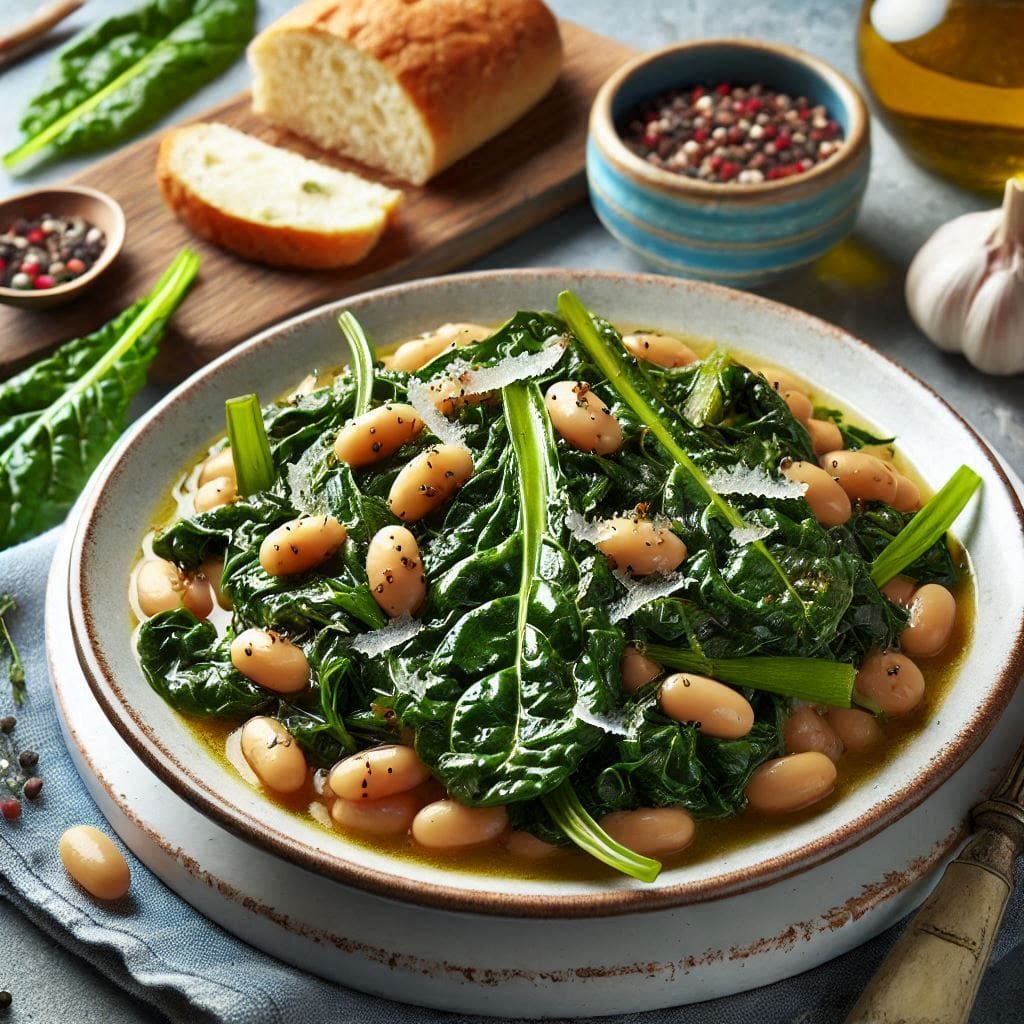Search Posts
Recent Posts
- Rose Island experts Sean O’Connor and Michael Simpson – G. Wayne Miller, Ocean State Stories June 11, 2025
- Time for Sour Grapes! – 6.11.25 – Tim Jones June 11, 2025
- Rhode Island Weather for June 11, 2025 – Jack Donnelly June 11, 2025
- What you should know about Social Security if your spouse passes away – Cheryl Tudino, SSA June 11, 2025
- It is what it is… 6.11.25 – Jen Brien June 11, 2025
Categories
Subscribe!
Thanks for subscribing! Please check your email for further instructions.

We Cook! from Ask Chef Walter this week: January’s flavorful choices – Walter Potenza
by Chef Walter Potenza, contributing writer
JANUARY FLAVORFUL CHOICES – Embracing January’s bounty of citrus fruits, root vegetables, winter greens, and more opens the door to meals both flavorful and nourishing.
Friends:
A new year, a fresh start, and just by chance,January is one of the best times to go full-on seasonal with your cooking. The month sees the yield of many fruits and vegetables at peak taste and nutritious levels. Seasonal cooking brings us back to nature’s food cycle, reinforces sustainability, and ensures wholesome food is enjoyed even more.So, let us look at the produce that is just the best during January and why one should care about cooking with what is currently in season.
The leading month of the year heralds bright and cheerful citrus fruits: oranges, grapefruits, tangerines, lemons, and limes. Juicy and sweet with a tangy bite, they infuse zest into winter salads, get zested into sweet baked goods, or can just be eaten fresh. In addition, citrus is an excellent means of securing a good dose of vitamin C, which will keep those seasonal colds away.
Other winter staples are root vegetables: carrots, parsnips, turnips, and beets add that earthy sweetness, really coming alive when roasted, mashed, or shredded into salads. These hardy vegetables are also rich in fiber and essential vitamins, rounding out meals comfortably and healthily in cold months.
Greens, including kale, collard, mustard, and Swiss chard, start coming into their own by January. Slightly sweet with more complexity of flavors after a frost, these greens quickly sauté with garlic to round out almost any meal, are added to hearty soups, or are blended into smoothies for an extra boost of nutrition.
It is also a fine time of year for brassicas: broccoli, Brussels sprouts, and cabbage. Sweet and slightly nutty, they are even better when roasted or stir-fried. This class of vegetables is very high in antioxidants, too, which help with overall health.
Other delights come in the shape of winter vegetables such as leeks and onions, sweetening many soups and stews; butternut and acorn winter squash; and spaghetti squash. These vegetables have nutty, versatile flavors and are great for roasting and pureeing into soups or substituting for pasta—potatoes-Russets on through sweet varieties-are comforting staples in the cold weather, baked, mashed, or fried.
The last item, pomegranate, is a tart, juicy flavor. The jewel-like seeds are fun to sprinkle over salads, yogurt, or desserts because they add color and a healthy dose of antioxidants.
The Case for Seasonal Cooking
Cooking with what is in season is more than a culinary decision; it’s a way of living with its set of accrued advantages. Produce picked during its natural season always delivers superior taste and higher nutritional value. For example, winter-harvested kale is both sweeter in taste and rich in vitamins since it thrives in cold temperatures.
Seasonal produce is often cheaper simply because it’s abundant and locally available, so transportation and storage costs are minimal. This process also benefits the environment through minimal long-distance shipping and encourages more sustainable farming.
Cooking in season can be a real source of creativity in the kitchen. With fewer ingredients, home cooks are challenged to think outside their recipe boxes and learn new techniques. So many seasonal dishes are tied to cultural and traditional celebrations, evoking feelings of heritage and community.
An excellent Swiss Chard and beans recipe is included.
Finally, friends, when possible, embrace January’s bounty of citrus fruits, root vegetables, winter greens, and open the door to flavorful and nourishing delicacies. Seasonal cooking celebrates the rhythms of nature while promoting health, sustainability, and culinary inspiration.
Everyone wins!
Swiss Chard with Beans
This simple, hearty dish combines the earthiness of Swiss chard with the creamy texture of beans. It’s perfect as a side dish or a light main course when served with crusty bread or over farro, cuscus, or barley.
Ingredients for 4
1 large bunch Swiss chard (about 1 pound)
2 tablespoons extra virgin olive oil
1 medium onion, finely chopped
3 garlic cloves, minced
1 can (15 ounces) of white beans (such as cannellini, Great Northern, or navy), drained and rinsed
1/4 cup vegetable stock or water
1/4 teaspoon red pepper flakes (optional, for a bit of heat)
Salt and freshly ground black pepper to taste
1 tablespoon fresh lemon juice or balsamic vinegar
Grated Parmigiano Reggiano (optional for serving)
Instructions:
Prepare the Swiss Chard: Separate the stems from the leaves. Chop the stems into 1/2-inch pieces and roughly chop the leaves.
Cook the Aromatics: Heat the olive oil in a large skillet or sauté pan over medium heat. Add the chopped onion and Swiss chard stems. Sauté for 5-7 minutes until softened. Add the garlic and red pepper flakes (if using) and cook for another 1-2 minutes until fragrant.
Wilt the Swiss Chard Leaves: Add the chopped chard leaves to the pan and toss to combine. Cook for 2-3 minutes, stirring occasionally, until the leaves wilt.
Add the Beans: Stir in the white beans and vegetable stock. Reduce the heat to low, cover, and simmer for 5-7 minutes to let the flavors meld. Stir occasionally to prevent sticking.
Season and Finish: Season with salt and black pepper to taste. Stir in the lemon juice or balsamic vinegar for a touch of brightness.
Serve: Transfer to a serving dish and sprinkle with grated or vegan Parmesan if desired. Enjoy warm as a standalone dish alongside rice, quinoa, or crusty bread.
Tips: For added depth, toss in a handful of sun-dried tomatoes or olives. If you prefer a heartier dish, mix in cooked farro or barley before serving. This vegetarian Swiss chard and beans recipe is both comforting and nutritious, making it a delightful addition to your January cooking repertoire.

___
Chef Walter is featured HERE every Sunday with his regular Ask Chef Walter columnn!

Meet Chef Walter!
There is a constant, recognizable thread in the career of Walter Potenza to elevate the level of Italian culinary culture in the United States. Besides his unquestionable culinary talent and winning business perspective, Chef Walter has been a relentless educator with passion and knowledge who defeats stereotypes. His life, career, and values are a model, an example to follow by any chef of Italian gastronomy working outside Italy.
Chef Walter appears regularly on National and International Networks such as Food Network, ABC, CBS, NBC, RAI, FOX, and Publications such as NY. Times, Washington Post, Wall Street Journal, Food & Wine, Saveur, Gourmet, and several Italian media outlets. And now – RINewsToday!
